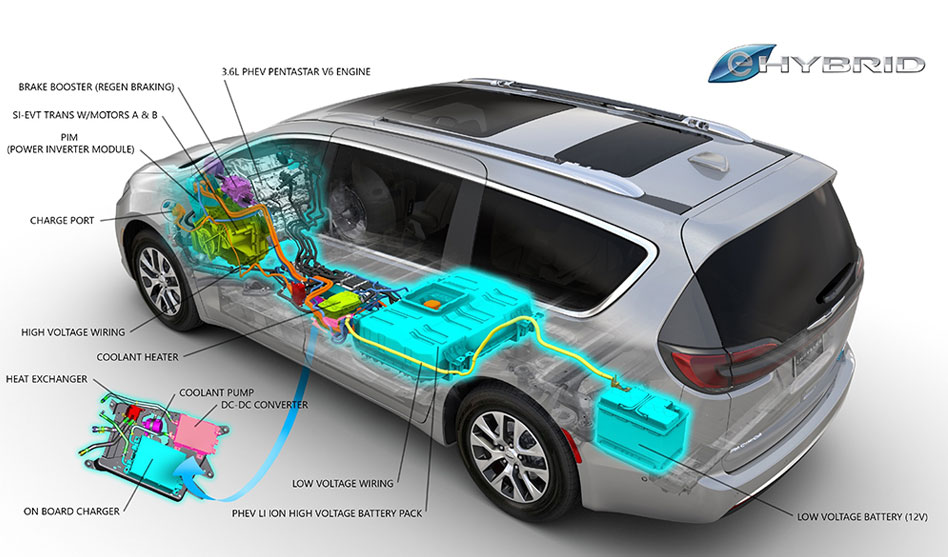2025-Chrysler-Pacifica-Hybrid
As VW scouts a new path into EVs, automakers reconsider hybrids on the road to fossil-free driving
CASEY WILLIAMS | Auto Reviewer
AutoCasey@aol.com
![]() On Oct. 24, Scout Motors debuted its Scout SUV and Terra pickup. Originally built by International Harvester in the 1960s and ’70s, Scout is now a separate electric vehicle brand under Volkswagen. And it’s a real truck, built on a framed chassis, that can tow more than 10,000 pounds — or run 0-60 mph in 3.5 seconds.
On Oct. 24, Scout Motors debuted its Scout SUV and Terra pickup. Originally built by International Harvester in the 1960s and ’70s, Scout is now a separate electric vehicle brand under Volkswagen. And it’s a real truck, built on a framed chassis, that can tow more than 10,000 pounds — or run 0-60 mph in 3.5 seconds.
There will be fully-electric models with up to a 350-mile range but also an extended range variant offering 500 miles thanks to a gas-powered generator. Prices will start under $60,000 when production begins in 2027.
It’s the extended range variant with gasoline generator that reveals the state of today’s electric vehicles. Driver concerns over range and charger availability are causing automakers to re-think their offerings. Through Scout, Volkswagen is predicting a need for some form of gasoline assist three years from now even as it rolls out the 2025 ID.Buzz, a futuristic electric Microbus with up to a 234-mile range and a $59,995 starting price.
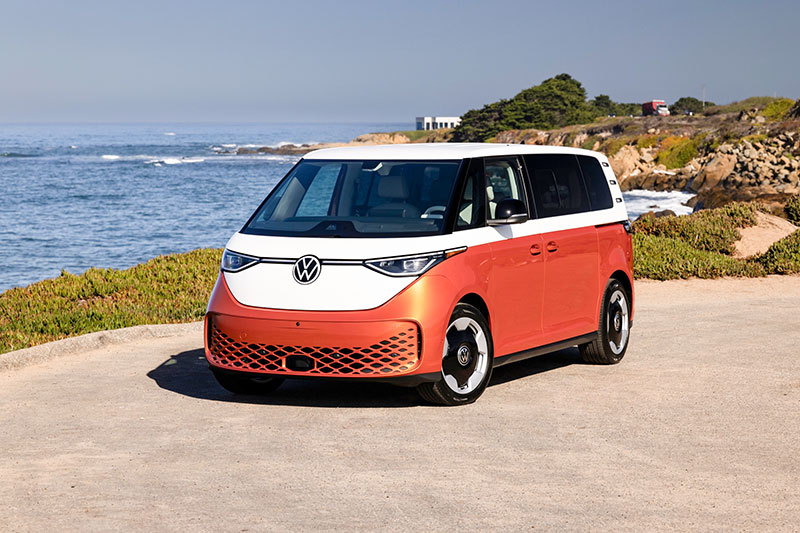
2025 VW ID Buzz
“For a decade or more, we’ve seen surveys highlighting how shoppers have concerns about charging infrastructure, range anxiety, battery life, etc.,” said Ivan Drury, director of insights at Edmunds. “These concerns were largely a non-issue among early adopters. But as the market shifted to mainstream buyers, those issues are contributing to today’s slowdown.”
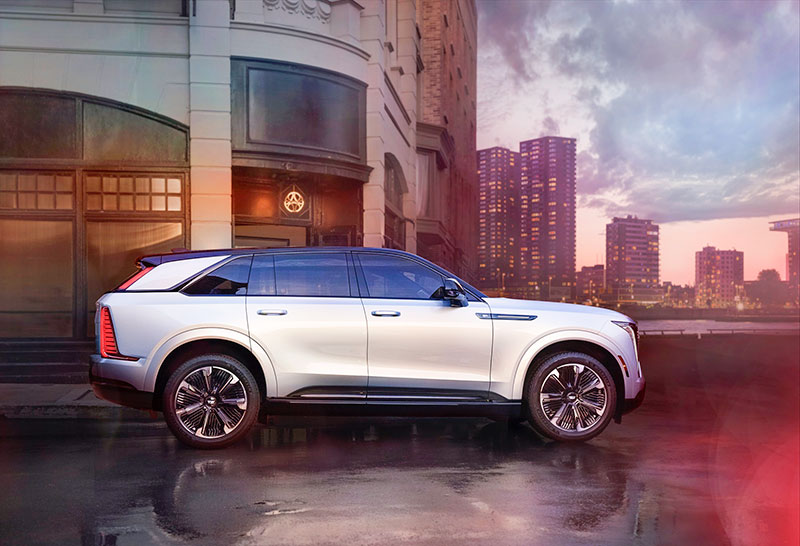
2025 Cadillac Escalade IQ Sport
The road to EVs will be a slower roll. For many drivers, EVs still make sense. However, you may consider hybrids and plug-in hybrids as we wait for our fully electric future.
Know Your Type
Each of us have our type, so let’s update our profiles. Pure gasoline-powered vehicles park on one end of our automative Kinsey Scale while pure electrics plug in at the other end. In the middle we have hybrids — gas-powered vehicles with electric assist to improve fuel economy or performance.
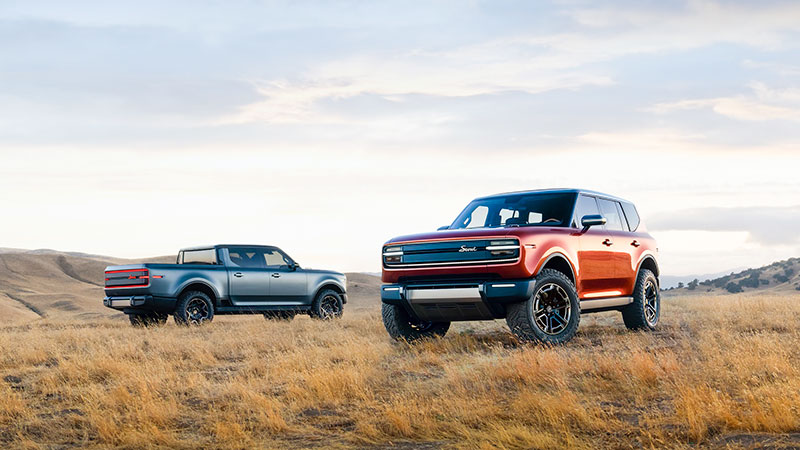
2027 Scout
Towards EVs are plug-in hybrids that drive 20-50 miles on electricity before the gas engine starts to continue the journey. Going further towards EVs are extended-range electrics like the Scout and discontinued Chevy Volt that are (always) electrically powered, but sometimes need an onboard gas generator to keep going.
An EV is a model of efficiency and serene driving, but range is typically 250-300 miles with recharges on a DC fast charger taking 20-50 minutes. A full recharge will take overnight on a 240v home or commercial charger.
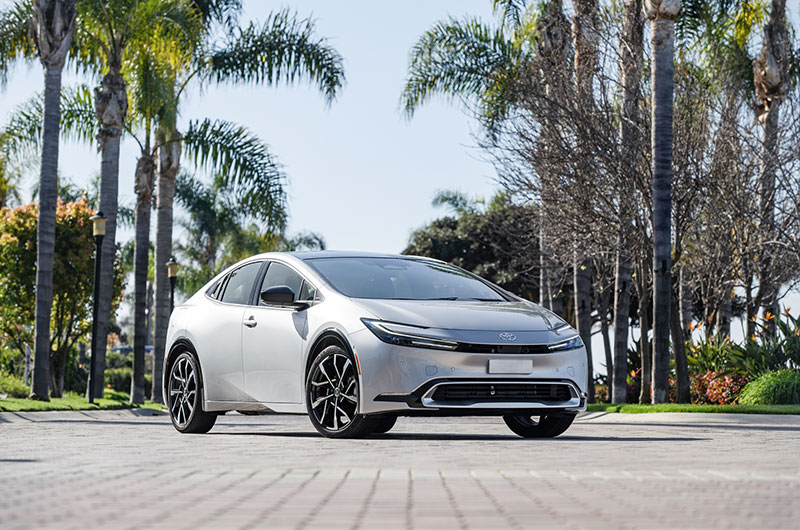
2025 Toyota Prius Plug-in
If you have a home charger and live mostly in a city, an EV is super convenient and a joy to drive. However, there might be a better option.
I love EVs, and have driven most of them, but I’d go for a plug-in hybrid like the Toyota Prius, Chrysler Pacifica minivan, or Jeep Wrangler 4xe. The average person drives about 37 miles per day, so a PHEV is essentially an EV in daily life with the ability to drive coast-to-coast without touching a plug. And if you’re truly driving long distances all of the time, buy a regular hybrid to get frugal efficiency.
“The advantage of an EV is never having to stop at a gas station,” said David Christ, group vice president for Toyota Motor N. America, Inc. “The disadvantage is the availability of a charging station and cost of the charger on the wall. For a plug-in hybrid, it’s about how much they need the daily commute and how much they want to charge. With a hybrid, there is no compromise.”

2025 Jeep Wrangler 4xe
Prepped for choices
In a recent interview on CBS Sunday Morning, General Motors CEO Mary Barra confirmed her intention to sell only electric passenger cars by 2035. The 2025 Cadillac Escalade IQ, Chevy Equinox EV and GMC Sierra EV pickup are all spot-on. A new affordable Chevy Bolt EV is also on the way.
Like other automakers, though, expect GM to be pragmatic by offering a range of hybrids, PHEVs and EVs.
Like Scout, Dodge and Ram are taking multi-pathway approaches to the same vehicle. The new Ramcharger pickup is essentially an EV, but it has a gasoline engine to generate electricity on longer drives or when towing heavy loads. The latest Charger muscle car was originally going to be exclusively electric but is now expected to add a turbocharged inline-six engine for those not quite ready to make the leap.
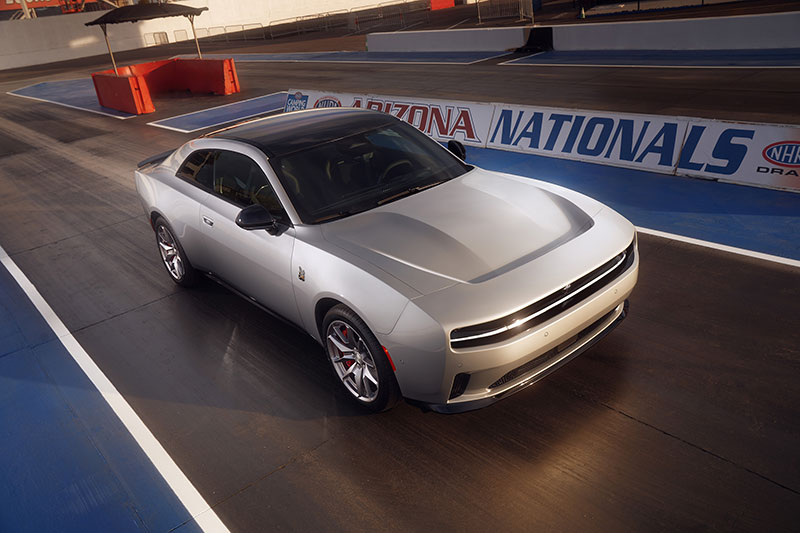
2025 Dodge Charger
And, if you are ready to embrace EVs, get ready to pay to prep. If you occupy a newer home with 200-amp service, you can probably install a charger for under $1,500. But if you live in an older home with 100-amp service, grab your checkbook. I recently upgraded my 1955 garage with a 240-volt charger, and it was close to $5,000 for the panel and code upgrades. I appreciate the convenience for charging and overall reduced “fuel” costs, but — Whew!
In the meantime, automakers are working on apps to better find working charging stations. They’re also developing solid state batteries that will extend ranges to 500 miles and reduce recharge times to under 15 minutes. At that point, nobody will care much about gasoline vehicles for daily life, and we will finally realize our electric future.
Storm Forward!

